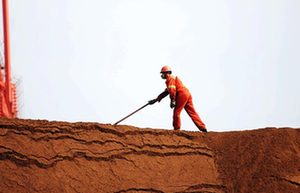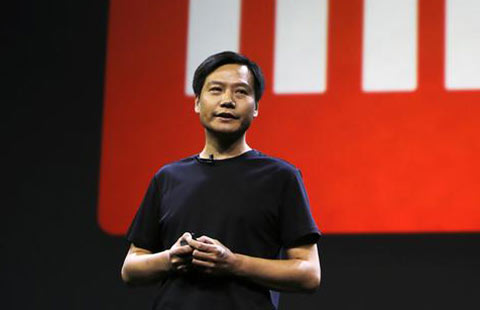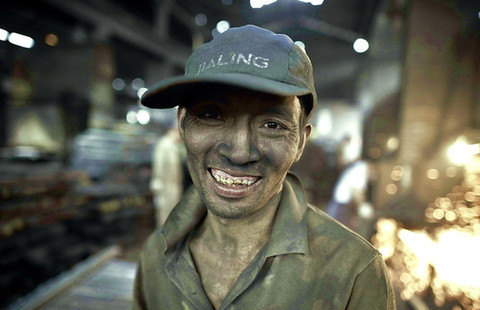Glencore's Rio plans hinge on nod from China
(Bloomberg) Updated: 2014-10-08 07:45Chinalco paid 60 pounds ($37.36) a share in 2008 for its Rio stake, roughly double the company's current share price. The Chinese company is not eager to sell and would demand a significant premium in order to sign off on a deal, one of the people said.
"The price that Glencore would have to get to, I think, is going to be a lot higher than what it's currently working on," Lucas said.
China's competition regulator focused its review of the Xstrata takeover on the new company's influence in the copper-concentrate market, according to Glasenberg. With Glencore ranking as the world's third-biggest producer of mined copper, adding the copper assets of Rio, which holds a stake in Chile's Escondida mine, may prompt similar concerns.
 |
Rio has not had further contact with Glencore over a potential deal since the company's approach. Glencore will not be interested in meeting investor demand for a premium and is focused on doing smaller deals, Bank of America Corp wrote in a note on Tuesday.
Another obstacle for Glasenberg may be the fallout from China's corruption crackdown, which has touched Chinalco, the bank said. "It's very unlikely that this high profile a deal could get done at the company right now," it said.
For Glasenberg, the time may be right to move toward a deal because of persistent weakness in the market for iron ore, which accounts for almost half of Rio's revenue and is weighing on its share price. The cost of the steelmaking ingredient has plunged this year due to a glut from giant new mining projects and relatively sluggish economic performance in China, the world's biggest single market.
Through a series of deals over the past decade, the 57-year-old South African-born Glasenberg—an accountant by training—has transformed Glencore from a little-known commodity-trading house into a diversified global mining group. His largest deal so far, the $29 billion acquisition of Xstrata in 2012, turned Glencore into the world's fourth-largest mining group at the time. With significant operations in copper, nickel and coal, the only major commodity it doesn't figure prominently in is iron ore, which Rio offers in huge quantities.
"They don't have significant exposure to iron ore," Saunders of BT Investment said. "While it isn't their favorite commodity, they could put their trading skill set to work and get a very big market share very quickly and get the best assets on the planet."
- Group paying nearly $6b for stake in copper mine
- Glencore-Xstrata deal wins regulatory approval
- Glencore set to win China approval for Xstrata bid
- Chinalco to partly halt Peru copper project
- Chinalco copper mine starts in Peru
- Global firms take diversified path to boost demand
- Rio Tinto CEO says demand to grow
- China demand bolsters New Zealand red meat industry
- Property market shows stabilizing signs
- Nippon Paint China spreads a splash of color in Yunnan
- Golden Week sets cash ringing at theaters
- Hot wheels waiting to enter China
- Germany-China partnership enjoys bright prospects
- Banks mull new lending rules for home buyers
- Unique cartoon characters at Chengdu animation show


















